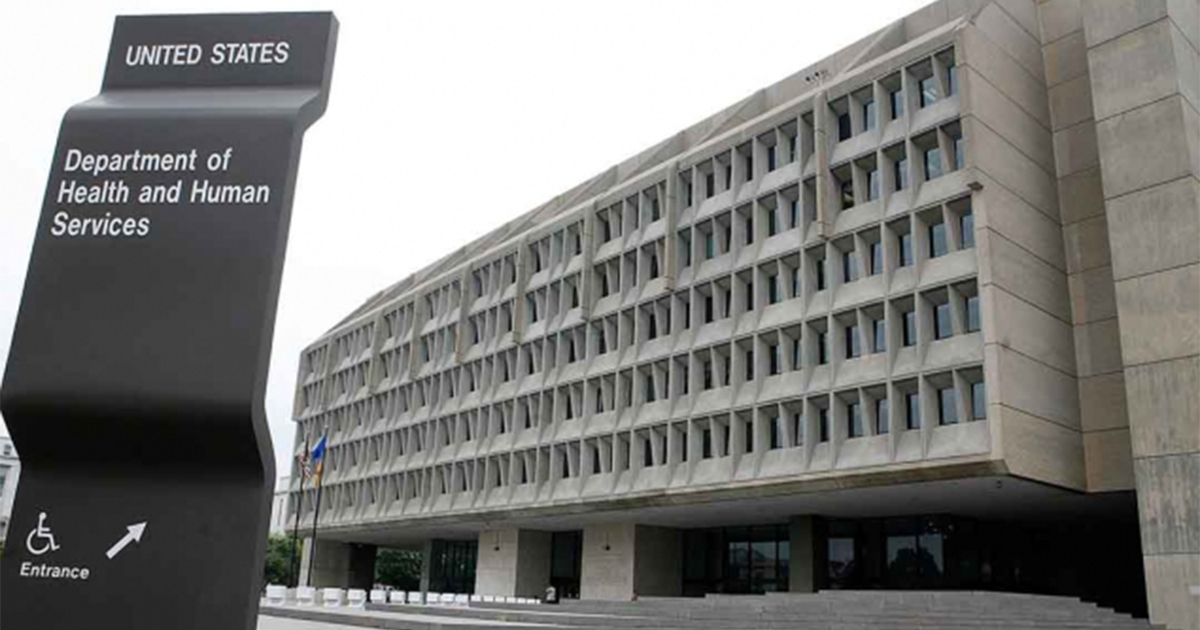
The U.S. Department of Health and Human Services has issued its HHS Artificial Intelligence Strategic Plan, which the agency says will “set in motion a coordinated public-private approach to improving the quality, safety, efficiency, accessibility, equitability and outcomes in health and human services through the innovative, safe, and responsible use of AI.”
The strategic plan is focused on four key goals, across public health, care delivery, medical research and other areas, according to HHS:
-
Catalyzing health AI innovation and adoption to unlock new ways to improve people’s lives
-
Promoting trustworthy AI development and ethical and responsible use to avoid potential harm
-
Democratizing AI technologies and resources to promote access
-
Cultivating AI-empowered workforces and organization cultures to effectively and safely use AI
“Artificial intelligence has or will directly or indirectly affect every American’s healthcare and
human services experience in healthcare and human services,” said HHS officials. “Therefore, the development and deployment of AI in health and human services settings should focus on providing tangible benefits for people who use or receive these services.”
The full plan, which runs nearly 200 pages, is meant to promote potential benefits such as:
-
Accelerating scientific breakthroughs that could increase the quality and length of life
-
Being used as part of a medical product or to develop medical products to improve safety and effectiveness
-
Improving clinical outcomes and enhancing safety through innovations in healthcare delivery
-
Improving equity and empowering participants through enhanced health and human services benefits delivery
-
Forecasting risks and rapidly mobilizing resources to predict and respond to public health threats
HHS says the guidance can help improve AI adoption in medical research and discovery, and aims to encourage safe use of AI in different disease areas, and promote more AI-ready data standards. That includes funding for research programs that develop or leverage AI in medical research and discovery – such as NIH’s Bridge2AI and ARPA-H’s Transforming Antibiotic R&D with GenAI to stop Emerging Threats, or TARGET, program. Going forward, the agency says it plans to issue interoperability guidelines to “engage the public and continue prioritizing safe, responsible, and responsive AI in its funding of both intramural and extramural research programs.”
Meanwhile, HHS acknowledges that “AI use in medical research and discovery could present biosecurity, privacy, bias, and other risks.” So the agency will soon share national guidelines specific to health AI and build sandboxes for industry collaboration, and explore using AI for dynamic AI risk assessment. The aim is to better protect AI models and health data from adversarial attacks, while enabling data-sharing protocols that protect sensitive health information and mechanisms to reduce harm from misuse of predictive analytics.
Toward the goal of democratizing AI technologies and resources, HHS says it’s working with different communities – it cites NIH’s Artificial Intelligence/Machine Learning Consortium to Advance Health Equity and Research Diversity, or AIM-AHEAD, as one – and standardizing research data (as with NIH’s Common Data Element Repository) to promote public- private partnerships and multi-institutional research collaborations. It’s also focused on equitable AI access, particularly for traditionally underserved populations, such as rural communities and people with disabilities.
Meanwhile, HHS hopes to ensure “long-term successful and safe adoption of AI in medical research and discovery, AI talent pipelines and organizational working models,” supporting that goal with internal talent development, including NIH’s Data and Technology Advancement [DATA] National Service Scholar Program. “HHS will continue to promote apprenticeship programs focused on AI in medical research and discovery activities to bolster talent pipelines and share guidelines for AI governance to help organizations foster robust AI-enabled cultures.”
Early response to the HHS plan has been supportive so far.
For instance, Premier Inc. notes that it “directly aligns” with many of Premier’s AI policy recommendations for safe use of AI to boost healthcare workforce, advance health equity and promote value-based care.
Premier has long championed a responsible artificial intelligence regulatory framework for healthcare that promotes transparency and advances patient safety while supporting innovation,” said Soumi Saha, the group’s senior VP of government affairs, in a statement. “Premier is especially energized by the plan’s recognition of AI’s power to revolutionize healthcare supply chain resilience, as Premier has witnessed firsthand the benefits of AI-driven insights in mitigating disruptions and shortages.”
Mike Miliard is executive editor of Healthcare IT News
Email the writer: mike.miliard@himssmedia.com
Healthcare IT News is a HIMSS publication.
